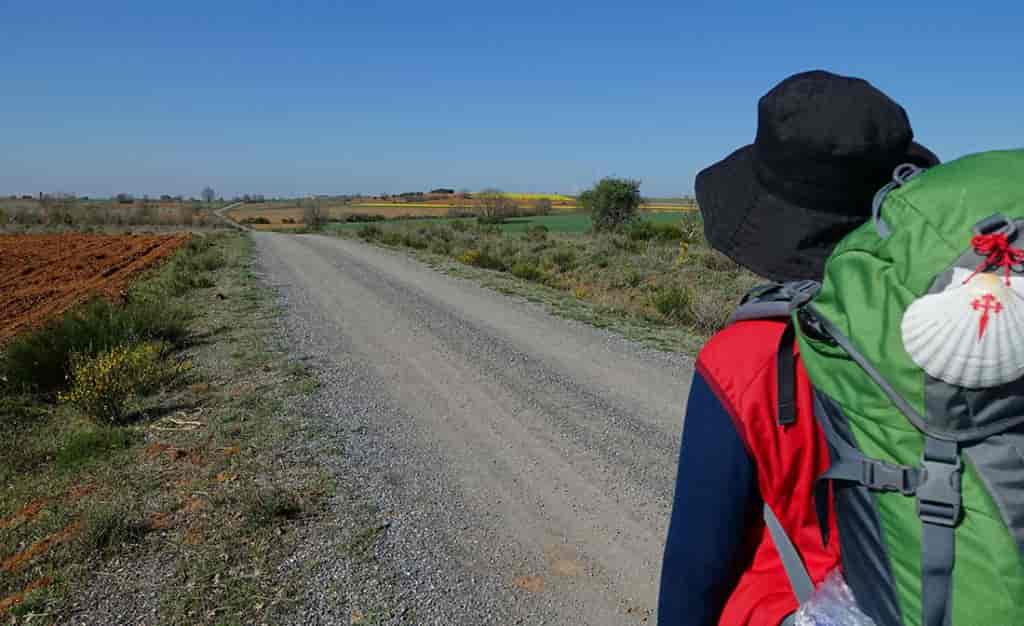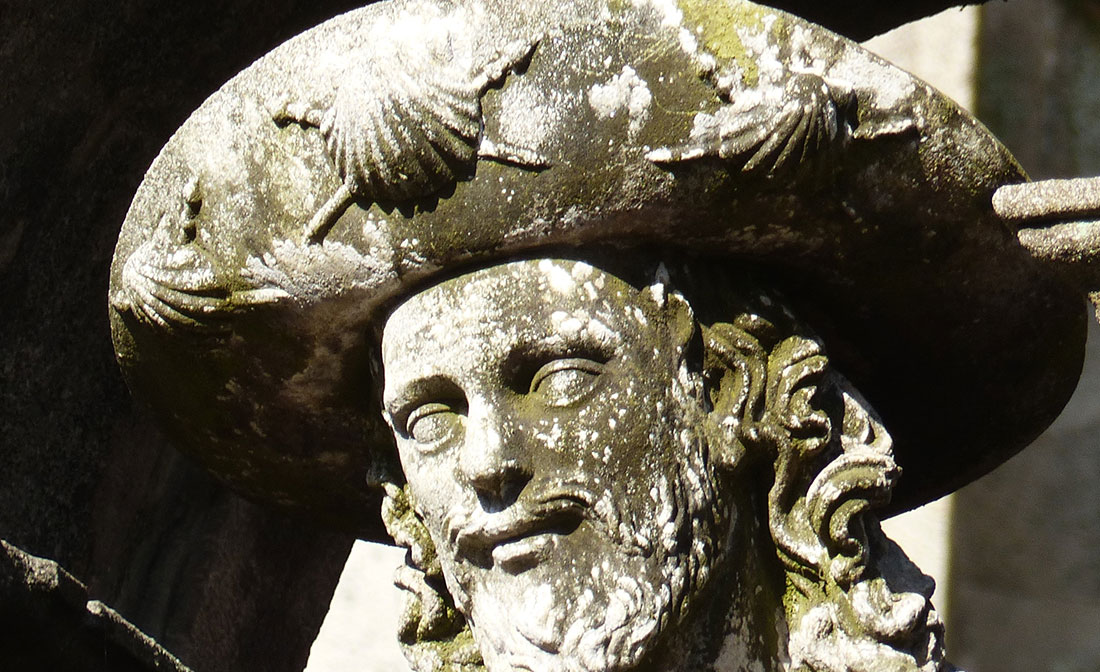Article translated by an automatic translation system. Press here for further information.
Physical preparation


Rudyard Kipling said: "Think you can and can, everything is in the state of mind." First we need will and we need to prepare our body for the effort that the Road will require us.
If you do sports regularly it is advisable, at least a couple of months before, to go hiking with the shoes and backpack you are going to bring to the Camino.
Those who do not engage in sport should begin three months earlier progressive training in duration and intensity:
- You should perform a stress test. The Camino de Santiago is not a Sunday walk at 5 or 6 km/hour.
- If you can walk to work, do it, you've already started your preparation. If you get out of the elevator and encourage you to climb the stairs you will also have taken a giant step.
- On the first fifteen days, four times a week, he walks without a backpack and in plain places. It starts with an hour and gradually increases the duration up to two hours or more. Don't get obsessed by speed, on the Camino you won't need it. It is about acquiring background and strengthening the muscles.
- During the next 15 days you continue with these walks but the itinerary varies and the duration increases one day. Choose paths that alternate plain with ups and downs. After the first month you can easily walk three hours on any terrain. Before walking, do not forget to do joint mobility exercises by affecting the neck, shoulders, waist, knees and ankles. In turn, it performs smooth stretches before each departure and deeper after effort. They relax, provide flexibility and are effective in preventing injury.
- The second month takes at least three long walks per week and takes advantage of the weekend to make affordable hiking trails. It is very convenient to do them with the shoes and backpack that you will bring to the Camino. Start with routes of a couple of hours and end with tours of 3 to 4 hours.
- The third month keep the previous load and dare the last two weeks, without forcing, to climb some mountains that are between 500 and 800 meters high. In these 90 days you will have strengthened your heart, your muscles and tendons, and you will be ready to enjoy the pilgrimage.
It is important to hydrate during exercise and also feed on longer excursions.
You have to maintain a proper posture, walk upright looking at the front or the road mainly.
Keep hands free so walking is natural. If the output is long, you can help with a cane or, better yet, two. On sloping grounds they reduce up to 20 or 30% of the overload to the legs.


